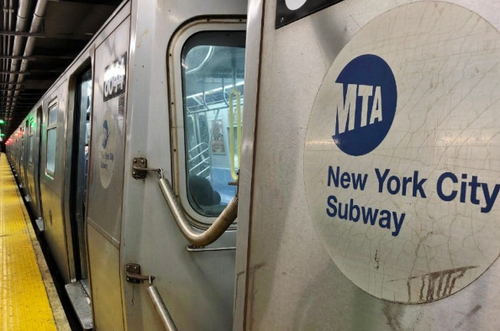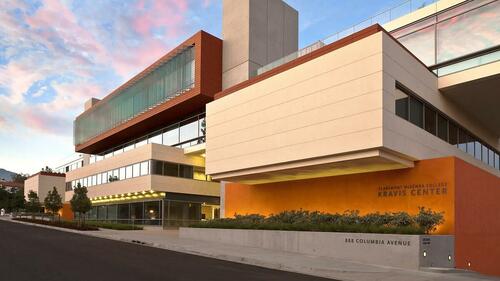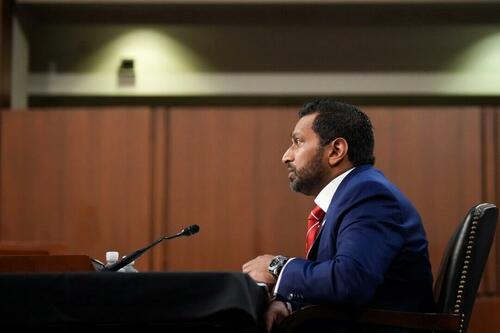
«Brink of Collapse»: новый отчет о том, как MTA поставила своих гонщиков на «быстрый путь к разрушению»
В то время как у MTA есть еще одна рука в кармане с новыми сборами за перегрузку в Нью-Йорке, налогоплательщики получают деньги. даже меньше Об этом сообщает служба массового транзита в Нью-Йорке, которая находится «на грани краха».
Система метро города не просто балансирует — она уже ломается, согласно новому отчету Gothamist.
Задержки поездов, вызванные неисправной инфраструктурой, выросли на 46% в прошлом году по сравнению с 2021 годом, а крупные инциденты, задерживающие 50 или более поездов, достигли самого высокого уровня с 2018 года.
Готэмистское расследование выявило разрушающееся состояние системы через туры по ограниченным транзитным объектам и интервью с более чем 100 гонщиками почти из каждой линии метро.
Записи MTA показывают, что сбои в обслуживании могут превзойти «лето ада» 2017 года, когда надежность метро достигла рекордных минимумов. Чиновники обвиняют десятилетия отложенного технического обслуживания, сохраняя устаревшее оборудование в эксплуатации. Эксперты предупреждают, что подобные сбои неизбежны, что может привести к широкомасштабным сбоям в работе системы.
МТА уже давно подвергается критике за недофинансирование своей инфраструктуры, что усугубляется сокращением обслуживания во время финансового кризиса 1970-х годов и огромным долгом от сокращения государственного финансирования в 1990-х годах.
Агентство ищет 65 миллиардов долларов на ремонт и модернизацию системы в течение пяти лет, но имеет менее половины необходимых средств. Законодатели штата, обсуждая, как покрыть дефицит в 33 миллиарда долларов, недавно наложили вето на план, поскольку они ведут переговоры о потенциальных новых или выделенных налогах для MTA.
План MTA на 65 миллиардов долларов исключает 15 миллиардов долларов из платы за перегруженность Манхэттена, предназначенной для модернизации транзита, впервые предложенной в 2019 году.

МТА Председатель Янно Либер утверждает, что обслуживание метро находится на пике, но признает, что многие поезда едва держатся вместе. Даже амбициозный план не отвечает всем неотложным требованиям. Эксперты обвиняют непомерные затраты на строительство в городе, одни из самых высоких в мире, в задержках и перерасходах.
Ист-Сайд Проект Access, завершенный в 2023 году, занял 55 лет и обошел бюджет в $8 млрд. Несмотря на реформы, критики утверждают, что неэффективность MTA и высокие затраты остаются серьезной проблемой.
Столетние насосы, такие как на станции 116-й улицы, борются с наводнениями, оставляя систему уязвимой во время проливных дождей. Даже в сухие дни устаревшее оборудование, некоторое до Великой депрессии, работает на минимальной мощности, намного ниже современных стандартов.
MTA планирует выделить 700 миллионов долларов на модернизацию насосных помещений с передовыми технологиями, способными обрабатывать значительно более высокий поток воды, но ремонт давно назрел, и система остается хрупкой.
Ремонтные инструменты и оборудование метро также выходят из строя. Рабочие поезда на дизельном топливе, многие из которых были построены в 1960-х годах, часто ломаются, задерживая критическое техническое обслуживание. На ремонтных объектах устаревшее оборудование и плохие условия задерживают работу, усугубляя неэффективность системы.
В выходные дни пассажиры несут на себе основную тяжесть этих проблем по мере роста сбоев в обслуживании. Поскольку крупные задержки происходят все чаще, предлагаемый план модернизации MTA на 65 миллиардов долларов обещает облегчение, но также усилит краткосрочные отключения, в то время как финансирование остается неопределенным.
Вы можете прочитать полное расследование здесь.
Тайлер Дерден
Туэ, 01/14/2025 - 14:45











![Sąd: Mieszkanie 191.500 zł. Zachowki 31.916,66 zł i 10.638,88 zł. Obliczenia. Wzory [Przykład]](https://g.infor.pl/p/_files/38265000/podwyzki-38264590.jpg)






